Blog
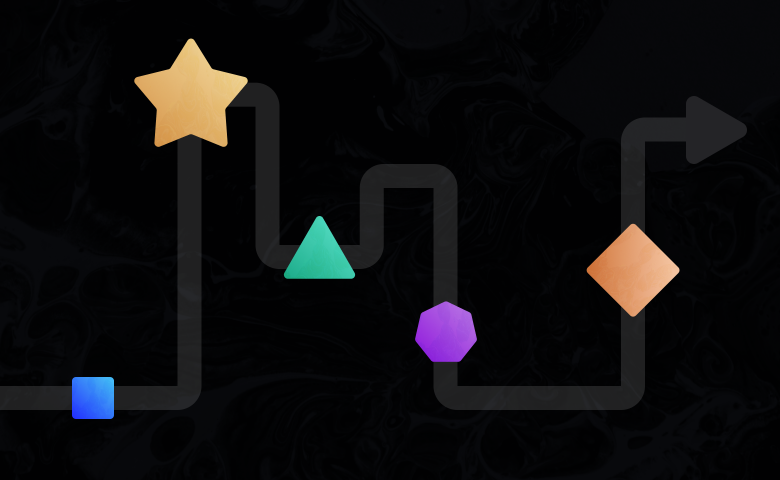 General
Creating the Perfect User Journey
General
Creating the Perfect User Journey
The difference between a good and a great product often comes down to how well we understand our users' journey. Recent studies show that companies with strong UX design see up to 400% higher conversion rates.
 General
Points, Badges, and Bugs: Gamification’s Real Impact
General
Points, Badges, and Bugs: Gamification’s Real Impact
Gamification can motivate teams, engage users, or boost productivity. But it’s not a magic fix. For developers, teams, and decision-makers, knowing when it works and when it flops is key to using it right.
 General
Dark Mode: A Trend That Became a Must-Have
General
Dark Mode: A Trend That Became a Must-Have
When Twitter launched dark mode in 2016, many dismissed it as just another design trend. Fast forward to today, and 81% of users choose dark mode when available. What started as a visual preference has evolved into something more fundamental.
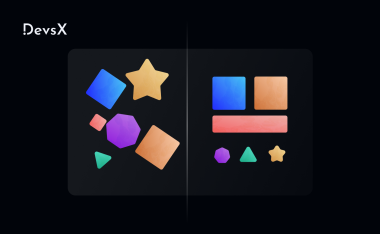 General
Bridging the Gap: How to Present Technical Concepts Effectively
General
Bridging the Gap: How to Present Technical Concepts Effectively
Ever explained a complex architecture only to see half the room on their phones and the rest looking lost? You're not alone—technical presentations often fail due to poor delivery, not complexity.
 General
Data Privacy Implementation: From Policy to Practice
General
Data Privacy Implementation: From Policy to Practice
Data privacy has moved from a legal requirement to a business advantage. Companies implementing strong privacy measures see 20% higher customer trust scores and reduce data breach costs by millions.
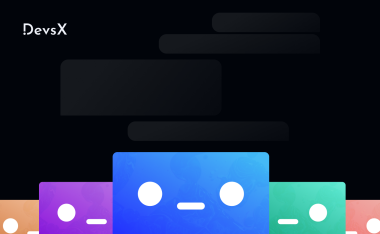 General
The Rise of Chatbots: Transforming Customer Service and Business Impact
General
The Rise of Chatbots: Transforming Customer Service and Business Impact
Customer service is changing. Chatbots now handle 40% of customer queries across major industries, marking a shift in how businesses interact with their customers
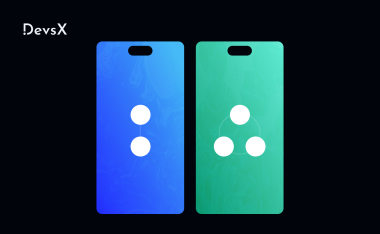 General
Native vs. Hybrid: Making the Right Call for Your App
General
Native vs. Hybrid: Making the Right Call for Your App
The debate between native and hybrid development continues to shape how companies build mobile applications. Understanding the real impact of this choice helps teams make better decisions for their products.
 General
Voice Interfaces: The Next Step in Human-Computer Interaction
General
Voice Interfaces: The Next Step in Human-Computer Interaction
Voice technology is changing how we interact with software. From smart home systems to enterprise applications, voice interfaces are becoming essential in modern software development.
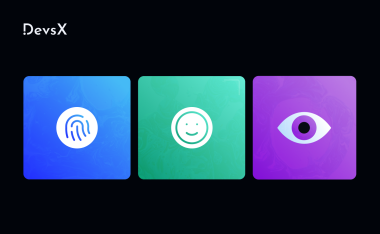 General
The Biometric Revolution: Redefining Security in a Digital World
General
The Biometric Revolution: Redefining Security in a Digital World
In today’s digital world, security is more than just a nice-to-have feature — it’s essential for both businesses and everyday users. Biometric authentication is a new technology changing how we protect our devices and data.
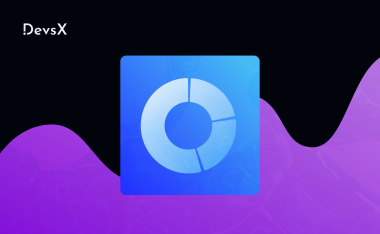 General
Custom CRM: Systems That Solve Specific Business Challenges
General
Custom CRM: Systems That Solve Specific Business Challenges
Every business has unique customer interaction patterns. A custom CRM isn't just software — it's a strategic solution designed to solve specific operational challenges.
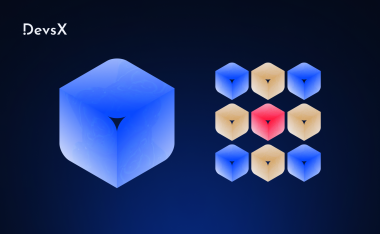 General
Monolith vs. Microservices: Building the Right Foundation for Your Product
General
Monolith vs. Microservices: Building the Right Foundation for Your Product
Discover the key differences between monolithic and microservices architectures. Learn how to choose the right approach for your product's needs and scale effectively.
 General
Release management: real practices that work
General
Release management: real practices that work
Google performs over 500 releases per day across its services. What makes this possible isn't just their size - it's their carefully structured release process. This approach has influenced how many companies handle their releases today.
 General
Software metrics that matter to business
General
Software metrics that matter to business
When Netflix reduced its loading time by 2 seconds, it saved $500 million in customer retention. These numbers show why tracking the right software metrics can make or break your business.
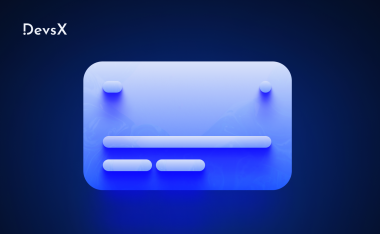 General
The next wave in digital payments: what businesses need to know
General
The next wave in digital payments: what businesses need to know
Digital payments have come a long way, shifting from traditional card transactions to fast, flexible, and multi-channel payment options that shape today’s business landscape.
 General
When software projects go wrong (and how to prevent it)
General
When software projects go wrong (and how to prevent it)
Software projects often fail, sometimes with costly outcomes—like Uber’s $440M loss in 2016 or British Airways’ grounded flights in 2017. Here’s how to keep your project on track.
 General
Unlocking potential: blockchain solutions for everyday challenges
General
Unlocking potential: blockchain solutions for everyday challenges
Walmart traced mangoes from farm to store in 2.2 seconds, and IBM cut shipping document processing from 7 days to 20 seconds—all thanks to blockchain, solving real business issues, not crypto.
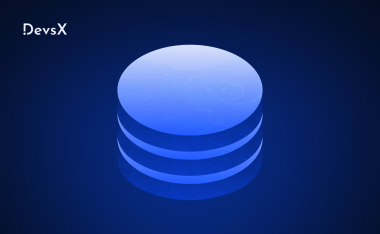 General
Building software that works: the data science way
General
Building software that works: the data science way
Data science is changing how we build and improve software. Here's what you need to know about this powerful combination.
 General
The future of e-commerce: how new tech is shaping online retail
General
The future of e-commerce: how new tech is shaping online retail
Online shopping is changing fast thanks to new tech. Let's look at what's coming next and how it might change your business.
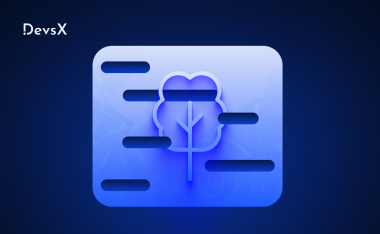 General
Sustainable software: building a greener tech industry
General
Sustainable software: building a greener tech industry
As technology becomes more central to our lives, its environmental impact grows. Forward-thinking companies are now focusing on sustainability in software development to reduce their environmental footprint.
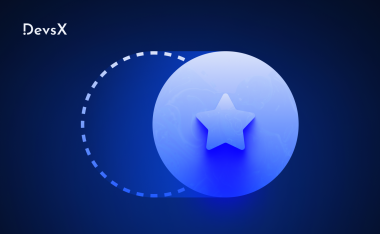 General
From ideas to impact: a guide to tech innovation
General
From ideas to impact: a guide to tech innovation
Innovation drives the software industry forward. It keeps companies competitive and solves complex problems. Here are ways to boost innovation in your development teams.
 General
Designing for success: the business impact of UI/UX design
General
Designing for success: the business impact of UI/UX design
Good design isn't just about making things look pretty - it's about creating products that people want to use and driving business growth.
 General
The power of real connections
General
The power of real connections
In today's screen-filled world, real human connections matter more than ever. As we rush through busy days, it's easy to lose touch with friends and family. But keeping these bonds strong is vital for our well-being.
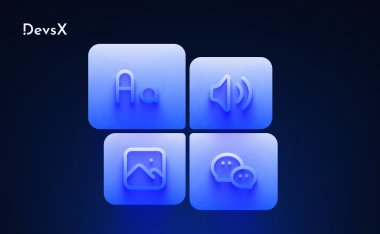 General
Accessibility matters: crafting inclusive software for a diverse world
General
Accessibility matters: crafting inclusive software for a diverse world
In today's fast-paced software world, making apps accessible and inclusive is essential. Inclusive design not only benefits all users, including those with disabilities but also expands your market and attracts a diverse user base.
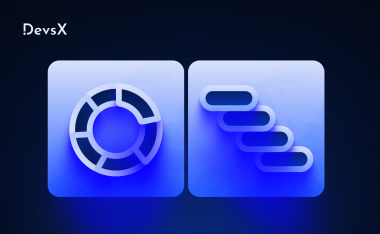 General
Agile or Waterfall? Choosing the best approach for your project's success
General
Agile or Waterfall? Choosing the best approach for your project's success
Choosing between Agile and Waterfall methodologies can make or break your project's success.
 General
Windows PCs crashing worldwide due to CrowdStrike issue
General
Windows PCs crashing worldwide due to CrowdStrike issue
If your Windows computer is currently serving you the Blue Screen of Death, take heart in the fact that you aren't alone